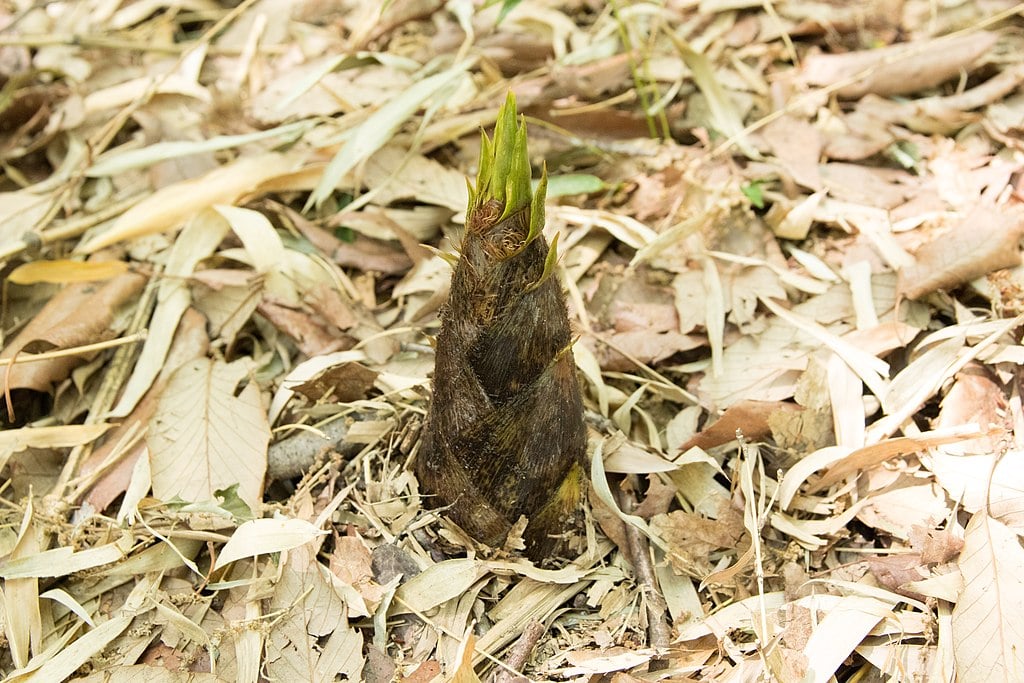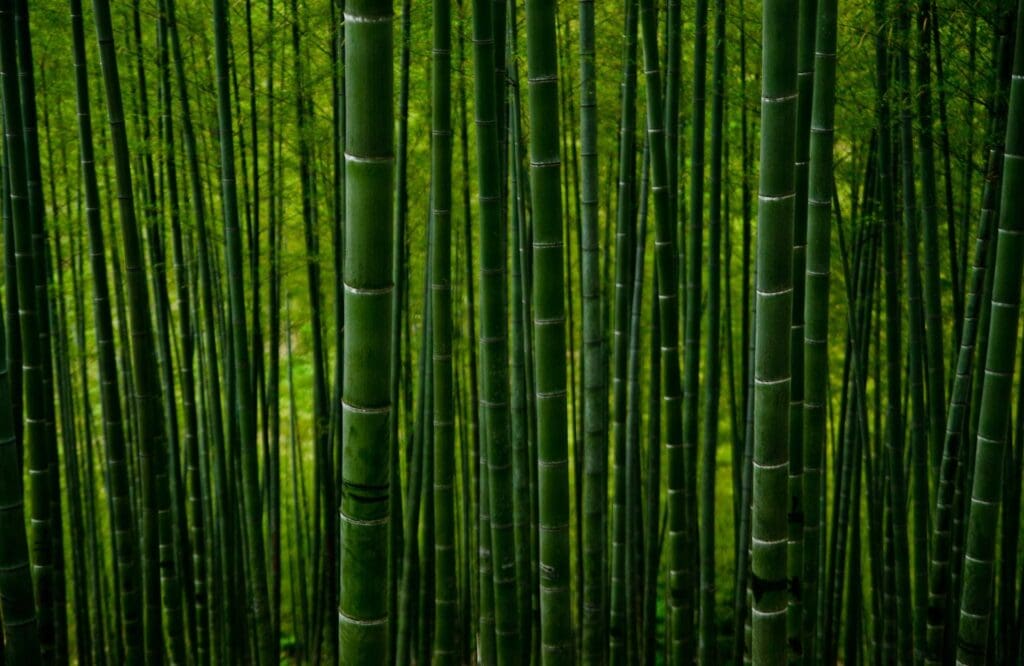Key Takeaways
- Bamboo’s growth rate varies depending on species, climate, soil quality, and cultivation methods. It does not necessarily take seven years to reach maturity.
- The growth cycle of bamboo involves multiple stages of development and maturation, typically taking three to five years for most species to reach maturity.
- Factors such as climate, soil quality, sunlight exposure, water availability, and species variation significantly affect the growth rate of bamboo.
- Misconceptions about bamboo’s growth time often overlook the influence of environmental conditions and species variation. Care and maintenance practices can also enhance bamboo’s growth rate.
- Understanding the different growth rates of bamboo species is crucial for effective cultivation. Examples include rapid-growing species in temperate regions and slower-growing species in tropical regions. Proper soil conditions, nutrient management, and monitoring are essential for successful bamboo cultivation.
Introduction
Bamboo, a versatile and fast-growing plant, has long been admired for its strength and sustainability. However, there is a common misconception that bamboo takes seven years to grow.
In this article, we will explore the growth cycle of bamboo and examine the factors that affect its growth rate. Contrary to popular belief, bamboo does not necessarily take seven years to reach maturity. The growth rate of bamboo depends on various factors such as species, climate conditions, soil quality, and cultivation methods.
Some species of bamboo can grow rapidly within a few months or years, while others may take longer to mature. Understanding these factors is crucial for cultivating healthy and thriving bamboo. By providing optimal growing conditions and implementing appropriate cultivation techniques, it is possible to expedite the growth process.
Through empirical evidence and scientific research, we will provide examples of different types of bamboo with varying growth rates. Additionally, we will offer practical tips for successfully cultivating bamboo in order to dispel any misconceptions about its growth time.
By gaining a deeper understanding of the growth cycle of bamboo and debunking common misconceptions surrounding its development period, readers will be equipped with valuable knowledge for effectively growing this remarkable plant.
The Growth Cycle of Bamboo
The growth cycle of bamboo typically involves a multi-year process that includes several stages of development and maturation.
Bamboo is known for its rapid growth rate, but it does not take a full seven years to grow. The timeline varies depending on the species and environmental conditions, but most bamboo plants reach maturity within three to five years.
During the first year, bamboo shoots emerge from the ground and grow rapidly in height. In the second year, these shoots continue to elongate and develop branches and leaves. By the third year, the bamboo culms have reached their maximum height and diameter.
From this point onwards, the plant focuses on producing new shoots each year while existing culms slowly age and eventually die off.
Overall, bamboo undergoes a relatively short growth cycle compared to other tree species, making it an efficient resource for various applications.
Factors Affecting Bamboo’s Growth Rate
Factors such as environmental conditions and species variation significantly influence the rate at which bamboo develops. The growth rate of bamboo can vary depending on several factors:
- Climate: Bamboo thrives in tropical and subtropical regions with warm temperatures, high humidity, and adequate rainfall. It may grow slower in colder climates or areas with limited water availability.
- Soil quality: Bamboo prefers well-drained soils rich in organic matter. Nutrient deficiencies or soil compaction can hinder its growth.
- Sunlight exposure: Most bamboo species require full sunlight to thrive and grow quickly. Lack of sunlight can slow down their growth rate.
- Water availability: Sufficient water supply is crucial for bamboo’s growth. Drought conditions can delay its development.
- Species variation: Different bamboo species have varying growth rates. Some species are known to grow faster than others.
Understanding these factors is vital for optimizing bamboo cultivation and ensuring successful growth of this versatile plant.
Misconceptions About Bamboo’s Growth Time
Contrary to popular belief, the rate at which bamboo develops is influenced by various factors other than just its growth time. Bamboo growth can be affected by environmental conditions, such as temperature, soil quality, and water availability. In temperate regions, where winters are cold and summers are short, bamboo may take longer to reach maturity compared to tropical regions with a more favorable climate.

Additionally, different species of bamboo have varying growth rates; some species can mature in just a few years while others may take several decades. Furthermore, proper care and maintenance practices, such as regular pruning and fertilization, can significantly enhance the growth rate of bamboo.
Therefore, it is important to consider these factors when assessing the time it takes for bamboo to grow rather than relying solely on a fixed timeline of 7 years.
Examples of Bamboo with Different Growth Rates
Examples of bamboo species with varying growth rates can be found in both temperate and tropical regions, showcasing the adaptability of this versatile plant.
In temperate regions, certain bamboo species such as Phyllostachys aureosulcata have been observed to grow at a rate of 2-3 feet per year. This rapid growth allows them to form dense groves within a relatively short period. On the other hand, some tropical bamboo species like Dendrocalamus strictus have a slower growth rate of approximately 1 foot per year.
These variations in growth rates can be attributed to several factors including climate conditions, soil fertility, and genetic diversity among different bamboo species.
Understanding these differences is crucial for effectively managing and cultivating bamboo for various purposes such as construction materials, erosion control, or even as a renewable source of energy.
Tips for Cultivating Bamboo
One important consideration for successfully cultivating bamboo is the selection of appropriate soil conditions and nutrient management strategies.
Bamboo requires well-drained soil with a pH level between 6 and 7.5. It prefers loamy or sandy soil types that provide good aeration and allow water to drain freely, preventing waterlogging which can be detrimental to its growth.
Additionally, bamboo requires regular fertilization to maintain optimal growth rates. Nitrogen-based fertilizers are commonly used, as they promote leaf and shoot development. However, it is essential to avoid excessive nitrogen application as this may lead to weak culms prone to lodging.
Other nutrients such as phosphorus, potassium, and micronutrients should also be adequately supplied through organic or synthetic fertilizers based on soil test results.
Regular monitoring of soil conditions and nutrient levels is crucial in ensuring healthy bamboo growth.
Conclusion
In conclusion, the growth cycle of bamboo is influenced by various factors such as species, climate, soil conditions, and cultivation techniques.
While it is commonly believed that bamboo takes 7 years to grow, this is a misconception. Bamboo can have different growth rates depending on these factors. Some species can reach maturity in just a few years, while others may take several decades. Therefore, it is important to consider these factors when cultivating bamboo for optimal growth and productivity.

